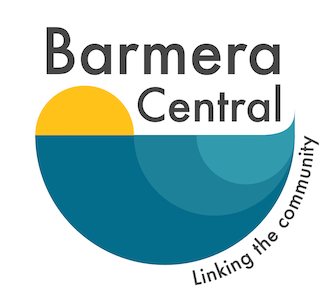A birdcage entrance into one of the compounds for Japanese internees at Camp 10.
Source: Berri Library
A birdcage entrance into one of the compounds for Japanese internees at Camp 10.
Source: Berri Library
Opium poppies were grown at the Loveday Internment Camp to produce morphine for the Australian Army’s medicinal use.
Source: Berri Library
The Loveday Internment Camp display at Barmera Visitor Centre.
Source: Barmera Central
Please regularly check this website to keep in touch with the Loveday Internment Camp project and learn more about the internment camp.
Information about the internment camp from the Riverland community and descendants of those who lived there is also being sought.
For more information contact the Loveday Internment Camp Project Facilitator, Christine Webster, at jzagotsis@bbc.sa.gov.au
Copyright 2024 Berri Barmera Council – Website by KarBec IT Services





